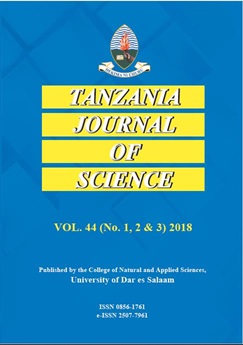An Investigation of the Potentials of 2-[(2-Hydroxyphenyl) Methylidene] Hydrazine-1-Carbothioamide and its Mn(II) and Zn(II) Complexes as Antimicrobial Agents
Abstract
Antibiotic resistance as a result of misuse, overuse or abuse of drugs is an issue of serious concern world over. The quest for more active and robust antimicrobial agents remains a scientific challenge and requires multimillion-dollar investment in the area of drug design and development. Here in, we report the synthesis and characterisation of a tridentate thiosemicarbazone (2-[(2-hydroxyphenyl)methylidene]hydrazine-1-carbothioamide) (HL) from salicylaldehyde and thiosemicarbazide. Its complexes with Mn(II) and Zn(II) were prepared following similar technique and characterised by melting point, FT-IR, UV €“visible spectrophotometry, and elemental analysis. The Mn(II) complex showed paramagnetism with a magnetic moment value of 5.80 BM while the Zn(II) complex was diamagnetic. Both complexes were nonelectrolyte with molar conductivities below 2 ohm €“1cm2mol €“1. The potentials of the compounds as antibacterial and antifungal agents were investigated against three bacterial: Staphylococcus aureus, Escherichia coli and Salmonella typhi, and two fungal: Aspergillus flavus and Mucor indicus isolates. Interestingly, all the compounds showed medium to high activities against the tested isolates (except for the Mucor indicus which resisted all the compounds) and hence their potential as antimicrobial agents.
Keywords: Thiosemicarbazone; Mn(II) and Zn(II) Complexes; Antibacterial; Antifungal; Antibiotic resistance

